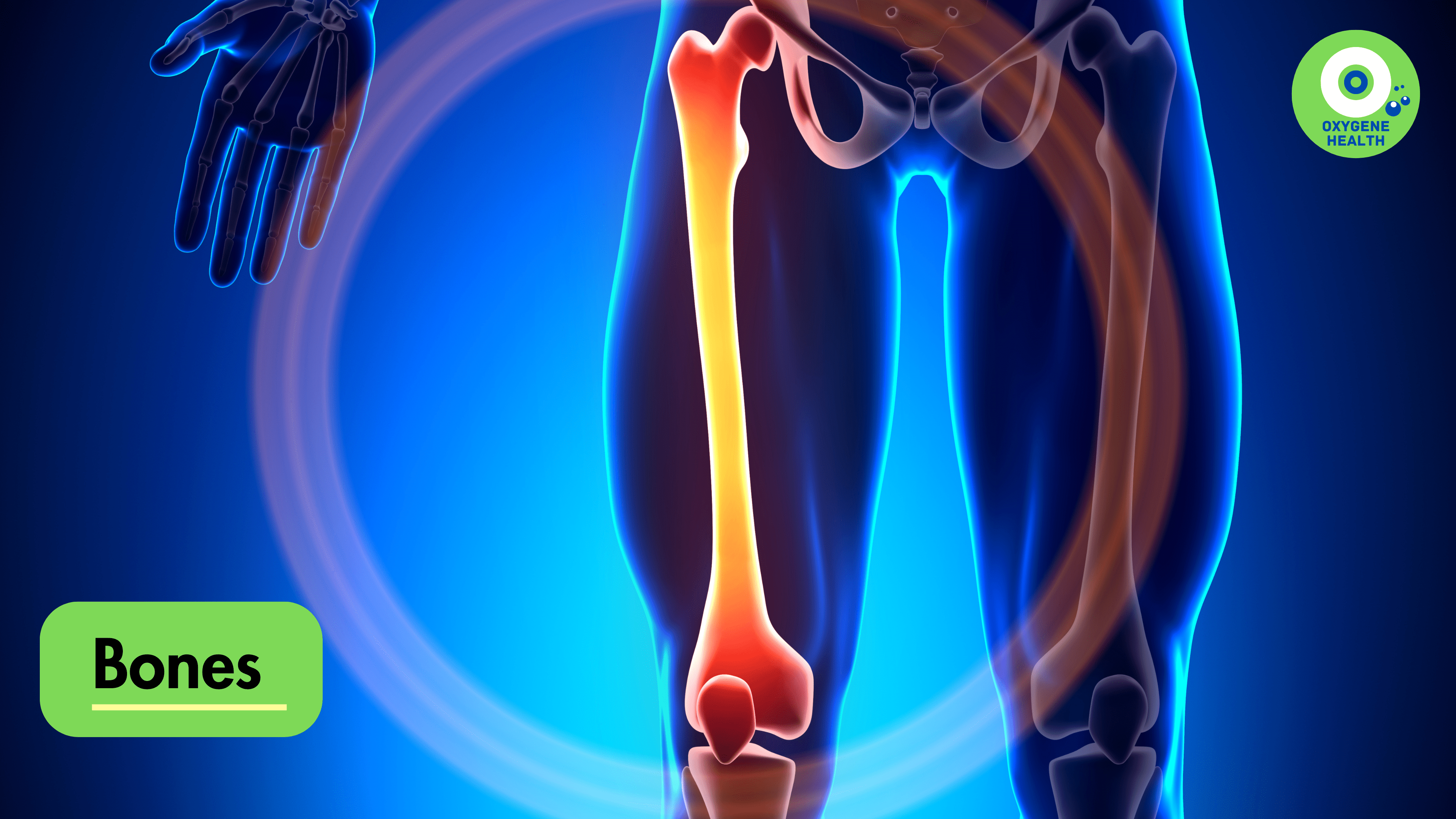Introduction:
Bones, the structural framework of the human body, are susceptible to various medical conditions that can compromise their integrity and function. From arthritis to fractures and osteomyelitis, these ailments inflict pain and hinder mobility, posing significant challenges to patients’ quality of life. However, amidst these challenges emerges a promising therapeutic approach: oxygen therapy. In this blog, we explore the remarkable efficacy of oxygen therapy in resolving several critical medical conditions affecting bones, including arthritis, fractures, crush injuries, osteomyelitis, and osteonecrosis.
Arthritis:
Arthritis, characterized by inflammation of the joints, afflicts millions worldwide, causing pain, stiffness, and reduced mobility. Oxygen therapy offers a ray of hope for arthritis patients by alleviating pain and inflammation while promoting tissue repair. The enhanced oxygen levels delivered through oxygen therapy stimulate the production of anti-inflammatory mediators, reduce oxidative stress, and enhance cartilage repair mechanisms. Moreover, oxygen therapy fosters tissue oxygenation, facilitating nutrient delivery to the affected joints and accelerating the healing process, thereby improving joint function and mobility in arthritis patients.
Bone Fractures:
Bone fractures, whether due to trauma or underlying conditions, necessitate prompt intervention to facilitate healing and restore skeletal integrity. Oxygen therapy emerges as a valuable adjunctive treatment for bone fractures, augmenting the body’s natural healing mechanisms. By enhancing tissue oxygenation, oxygen therapy promotes osteoblast activity, accelerates callus formation, and fosters bone regeneration at the fracture site. Additionally, oxygen therapy mitigates the risk of infection and non-union, thereby facilitating optimal fracture healing and reducing the likelihood of complications.
Crush Injury:
Crush injuries, resulting from prolonged compression of skeletal tissues, often culminate in tissue ischemia, necrosis, and impaired wound healing. Oxygen therapy plays a pivotal role in mitigating the deleterious effects of crush injuries on bone health. By improving tissue oxygenation and perfusion, oxygen therapy counteracts ischemia-reperfusion injury, reduces inflammation, and promotes angiogenesis, thereby enhancing tissue viability and accelerating wound healing in crush injury patients. Moreover, oxygen therapy attenuates oxidative stress and mitigates secondary complications, such as compartment syndrome, fostering optimal recovery and functional restoration.
Osteomyelitis:
Osteomyelitis, a severe bone infection typically caused by bacteria, poses significant challenges in management due to its persistent nature and propensity for complications. Oxygen therapy emerges as a promising adjunctive therapy in the treatment of osteomyelitis, offering both antimicrobial and wound-healing benefits. The bactericidal properties of oxygen therapy create an inhospitable environment for pathogens, inhibiting bacterial growth and promoting infection clearance. Furthermore, oxygen therapy enhances tissue oxygenation, augments immune responses, and facilitates tissue repair, thereby expediting the resolution of osteomyelitis and reducing the risk of recurrence.
Osteonecrosis (Avascular Necrosis):
Osteonecrosis, characterized by the death of bone tissue due to impaired blood supply, presents a formidable challenge in orthopedic practice. Oxygen therapy holds promise as a non-invasive therapeutic modality for osteonecrosis, addressing the underlying ischemic pathology and promoting tissue regeneration. By augmenting tissue oxygenation, oxygen therapy mitigates hypoxia-induced cell death, stimulates angiogenesis, and fosters osteoblast activity, thereby promoting bone remodeling and functional recovery in osteonecrosis patients. Moreover, oxygen therapy may serve as an adjunctive therapy to surgical interventions, enhancing postoperative outcomes and reducing the risk of disease progression.
Conclusion:
Oxygen therapy represents a paradigm shift in the management of various medical conditions affecting bones, offering a safe, non-invasive, and efficacious approach to promote healing and restore skeletal health. From arthritis to osteonecrosis, the therapeutic benefits of oxygen therapy are manifold, encompassing pain relief, inflammation reduction, tissue regeneration, and infection control. As research continues to unravel the intricacies of oxygen therapy, its role in orthopedic care is poised to expand, offering renewed hope and improved outcomes for patients grappling with bone-related ailments.







